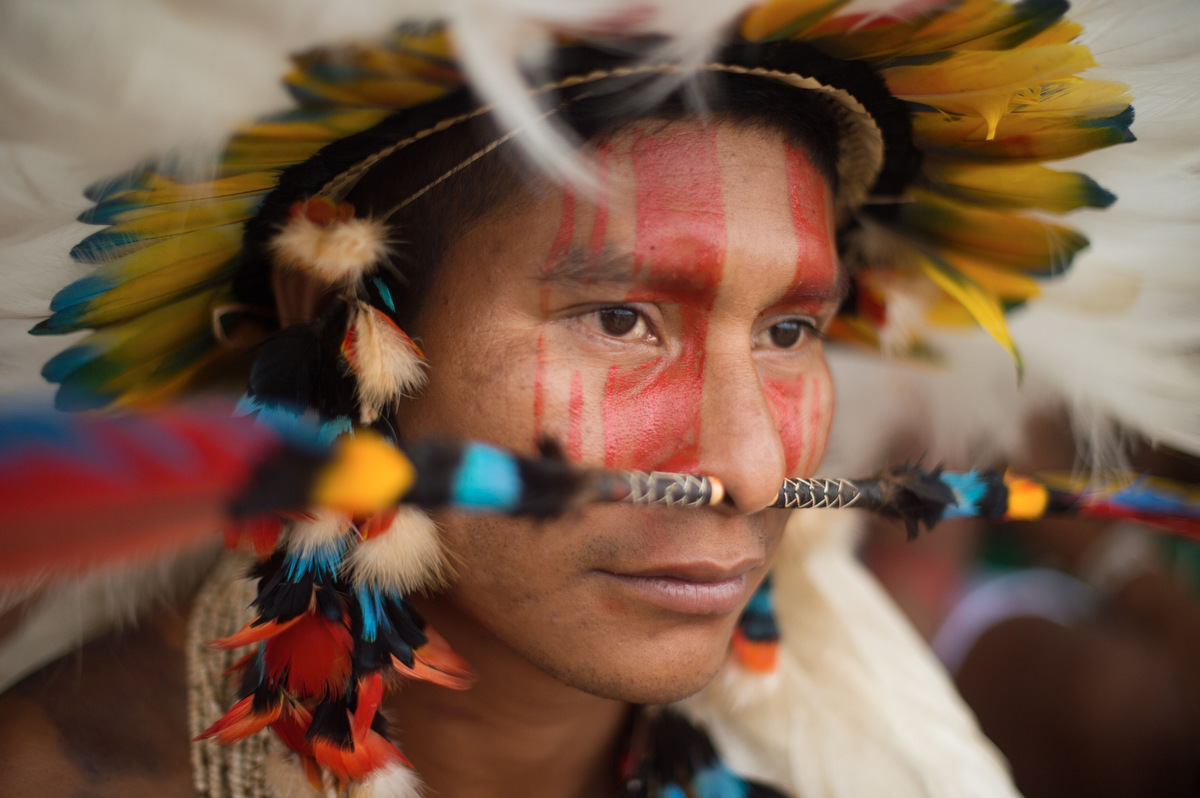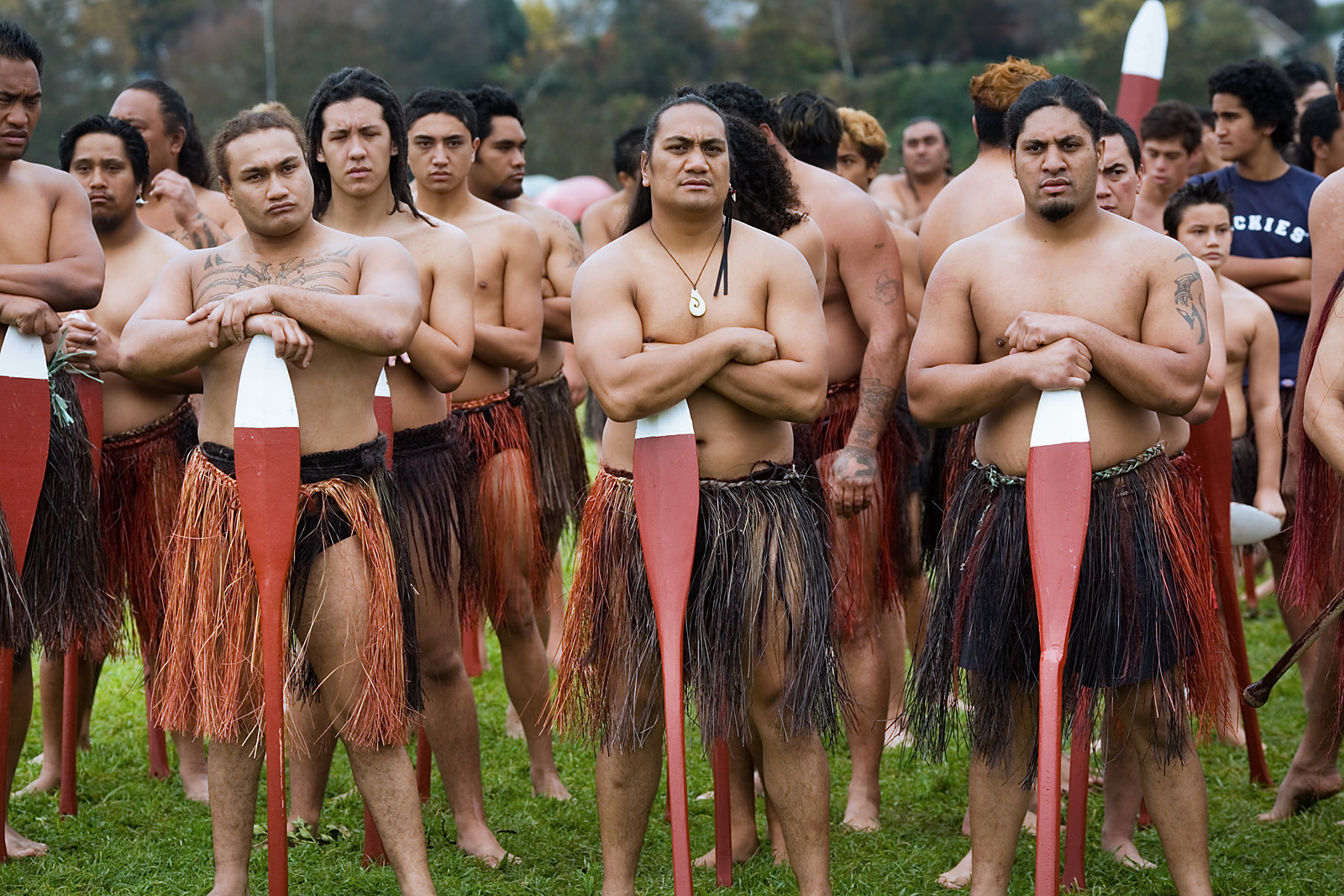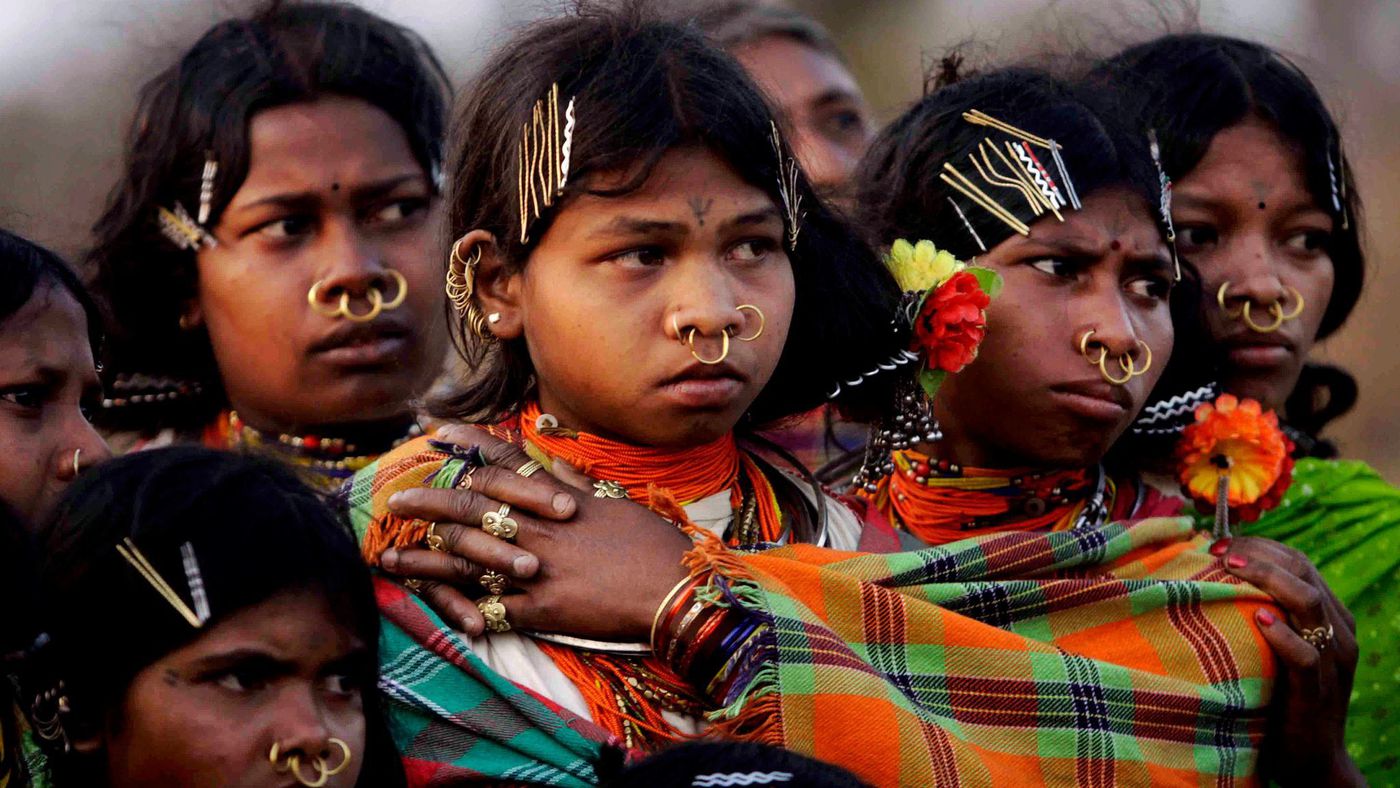
Indigenous people have often been treated as burden on the ecosystem, impediment to development and worst of all as tourist spectacle. However, it only takes an all-inclusive attitude to understand the integral role played by the Indigenous people in conserving the environment and providing alternate route towards sustainable development. Given the pace of the current development, it is vital to recognize these native people as natural partners. For this, one needs to understand the way they respond to ecological and development challenges and how their cultures and knowledge systems contribute to the sustainable development agenda.
The UN System Task Team on the Post 2015 UN Development Agenda in their report, acknowledged the significance of indigenous knowledge for environmental sustainability testifying that “traditional and indigenous knowledge, adaptation and coping strategies can be major assets for local response strategies” – Realizing the Future We Want

Indigeneity exhibited by these tribes and community is then that sacred knowledge which can help the world truly understand sustainable practices, with respect to gender, climate change, resource management and disaster mitigation.
- Role of Women– Post the implementation of theBeijing Declaration and Platform of Action in 1995, along with the 2007 N. Declaration of the Rights of Indigenous People, there has been more acceptance of the indigenous women as being key players in sustainable development globally. Indigenous women are now appreciated as the custodians and caregivers of traditional knowledge, culture and biological diversity. They institute the means of the informal learning process, transmitting traditional sustainable wisdom to the next generation. Indigenous women- often confused with the rural women – have their own identity, defined by their specific set of cultural symbols like language, education, traditional knowledge and socio-economic values. For example, the Adivasi women in India follow sustainable environmental practices which are instrumental in forest conservation. These women know, by virtue of informal traditional training, what type of product to collect in a particular season at the given time of the day. This ways they are able to avoid overexploitation of the forest.
- Land and resource management– The indigenous communities have their own visions of development, which differ from those of modern societies. They value nature and believe in community-based management of lands and resources. For them natural resources are not market commodities, and territories are critical as they define spaces for indigenous groups to conduct their economic, social, cultural and environmental activities. This entails sustainable practices of production and consumption, aiding in the process of conservation and traditional management and governance. The shifting agricultural practices are, for instance, techniques deployed by the indigenous farmers of South and Southeast Asia. It is one of the most eco-friendly agricultural resource management which is sustainable as it allows for:
- short period of farming followed by a long span of fallow, which lets the soil replenish itself;
- there is a cyclical shifting of the agricultural fields, so that a particular land is not overused;
- Finally, removal of natural vegetation by means of fire- Since soil in tropical region contains acid which isn’t suitable for agriculture, the ash acts as acid-neutralizer, aiding the dormant seed to sprout and eliminate weed/pests etc.

- Climate Change– Indigenous communities live in some of the most vulnerable ecosystems. Extending from polar Arctic to tropical rainforests, high mountains to deserts, floodplains to small islands and low-coastal areas- these territories are directly under the influence of ecological problems such as climate change and biodiversity loss. Intensification of monsoons in Asia, salinization of freshwater, rise in sea-levels, floods, extensive drought, desertification etc. all are the various expressions of nature exhibiting its delicate state- something which is well understood by the indigenous people. Therefore, till date they have been successful in surviving and mitigating the environmental risks. Their adaptation mechanisms vary from group to group, basis their livelihoods, ecosystems, climate change impacts and threats. Let us take the indigenous people of British Columbia, Canada as a case in point. They use their knowledge of ocean currents, weather patterns and tides to stay safe in water when fishing. They are able to find ways to adjust to the climate related risks, which are heavily influenced by “cultural features, social capital, productive practices, and socioeconomic and political situations”. 3
- Disaster Management– Indigenous people, owing to their traditional ecological wisdom also have some of the most unique prevention strategies which include land use planning, food resilience, environmental resilience, building methods and social resilience techniques. In Honduras, the Quezungal traditional agriculture system, for instance, requires crops to be planted below trees, to protect them from hurricanes, as happened in 1998 (Hurricane Mitch). Similarly, in Bangladesh, indigenous people have adjusted their agricultural calendar to take advantage of the flood waters.

Indigenous communities (men or women) eventually serve as the custodians of this earth. From maintaining the ecosystem balance to mitigating the disasters, they play major role in environment conservation. They believe in sustainable development and refuse to fall prey to the rat-race of modern development techniques which encroach the very rights of mother-nature. Not only do they mitigate the carbon dioxide emissions but they also indulge in sustainable agricultural practices. If not completely then partially, but they do have one or two lessons for the global community. In fact the new sustainable development agenda incorporates many issues which directly affect indigenous people. Their knowledge is deeply rooted in the relationship shared between ‘nature and indigenous community’. They however nevertheless too are caught up amidst the environmental hazards on one hand and development initiatives on the other. The international community definitely has begun to recognize indigenous people and their expertise as prized, considering them as allies in the fight against climate change, meeting the sustainable development challenges, and all this while maintaining global biodiversity.
Reference:
- INDIGENOUS PEOPLES’ PLAN OF IMPLEMENTATION
- UNDESA Report 2004
- Kronik J., Verner D. (2010). Indigenous Peoples and Climate Change in Latin America and the Caribbean. Washington D.C.: The World Bank.
